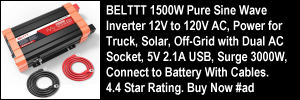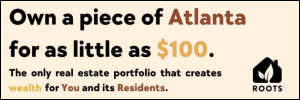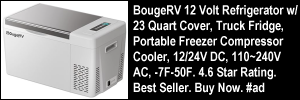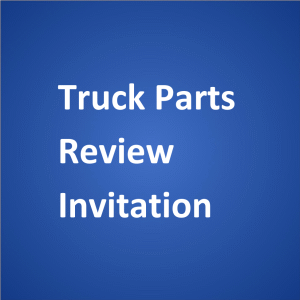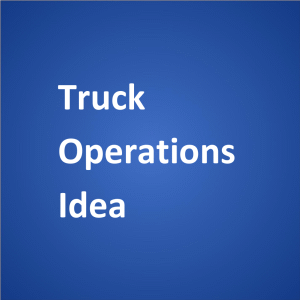By: Stephen,
Mantioba Canada
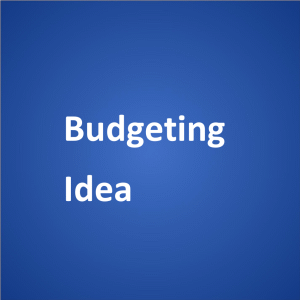 Note: The following submission has been edited to remove a promotional plug.
Note: The following submission has been edited to remove a promotional plug.
—–
Hello Mike & Vicki;
I cannot take all the credit for this but I read about it and it works fantastic if put into practice.
Label 6 jars
1) Necessities 55%
2) Giving 10%
3) FFA 10%
4) LTSS 10%
5) Play 10%
6) Education 5%
1) In a nut shell what a person/couple usually 1st finds out is that they are living beyond their means, above 55%. 1st goal get in down to that no matter what!
2) I don’t know how or why, but giving 10% comes back to you 10 fold. It works with the correct mindset.
3) FFA is a must. Financial Freedom Account. 10% of every pay goes towards your future retirement. Start NOW!
4) LTSS You want a new whatever? 10% goes into the jar until you have enough to buy it. You don’t have the money? Then you can’t afford it! Long Term Saving for Spending.
5) Every month you have to empty this jar. It forces you to have fun. So the rest of this isn’t a drag.
6) 5% towards education, I’m not talking about your kids college. I’m talking about your education and I’m not talking about school. I’m talking about books that teach you about investing, or learning a new skill that will help you earn some extra money to pad your jars. Get it!
The last thing is if we are talking to mostly truckers here, lets talk about possibly starting a part-time business. What kind of Part-time business could a trucker or his wife possibly do?
—[promotional plug content deleted]—
Thanks for the opportunity to share. Be Well & God’s Best. Yes the photo is me.
—–
Response from Vicki:
Hello, Stephen,
Thanks for sharing your thoughts. Your “6 jars” sound a lot like the “envelope method of budgeting” which Wikipedia defines as follows:
—–
“Envelope Accounting or the Envelope System is a method of budgeting where on a regular basis (i.e. monthly, biweekly, etc.) a certain amount of money is set aside for a specific purpose, or category, in an envelope marked for that purpose. Then anytime you make a purchase you look in the envelope for the type of purchase being considered to see if there are sufficient funds to make the purchase. If the money is there, all is well. Otherwise, you have three options: 1) you do not make the purchase; 2) you wait until you can allocate more money to that envelope; 3) you sacrifice another category by moving money from its associated envelope. The flip side is true as well, if you do not spend everything in the envelope this month then the next allocation adds to what is already there resulting in more money for the next month.
With envelope budgeting, the amount of money left to spend in a given category can be calculated at any time by counting the money in the envelope. Optionally, each envelope can be marked with the amount due each month (if a bill is known ahead of time) and the due date for the bill.”
—–
This method may work well for people who do not have computers or financial software at their disposal. For others of us who have both a computer and financial software, it may be easier to use those to assign money to certain spending and saving categories.
We encourage our readers to spend time setting up a budget and doing budget planning.
It should be noted that there will be two different types of budgets for those who own and operate their own trucks: a personal budget and a business budget. The categories will be different. Our budgeting information is geared for personal budgeting.
For what it’s worth, we don’t like having to edit what our readers submit, but we don’t permit promotional plugs for products or services from readers through our website. (Some promotional plugs we have deleted entirely.) We do allow product reviews and service reviews and reviews of truck stops and truck parts. When the time is right, we will begin to accept paid advertising — at our discretion. Thanks for understanding.
Thanks again for sharing. On behalf of Mike and me, we wish you safe travels and lots of money saving opportunities on the road.
Best regards,
Vicki Simons


